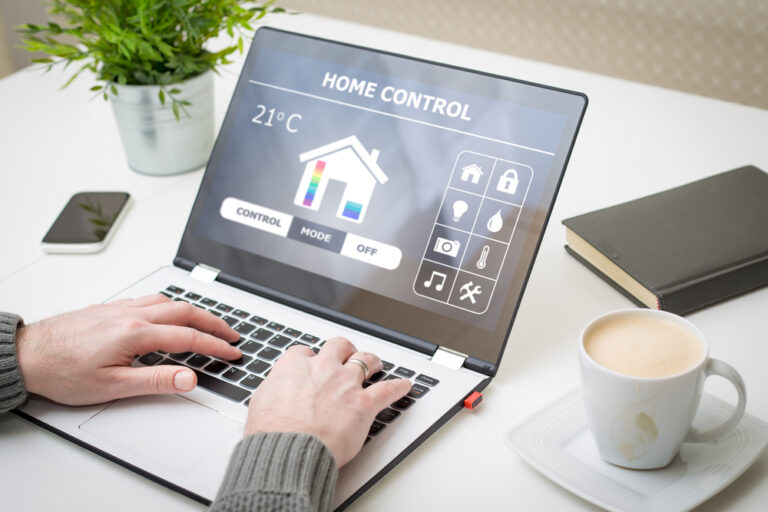Whether you are building a new house, renovating an old one, or simply doing what you can to make your home environment energy-efficient, comfortable, more durable long-term, and ultimately more affordable, there is a myriad of possible solutions to explore.
Depending on the level of improvement you are aiming for, you can take some steps yourself, or you can contract a highly skilled professional from a heating, ventilation, and air-conditioning (HVAC) or a mechanical, electrical, and plumbing (MEP) engineering firm like NY-Engineers that operates from New York and Chicago. An experienced engineer will be in a position to undertake a home energy audit and make other assessments to establish what improvements and upgrades will save energy and generally improve health and safety elements within the home.
How to Optimize Home Energy Efficiency
Energy efficiency is the key to all the other positive aspects of a house. So, if you invest in energy efficiency, you’re going to save money, and your home will be more comfortable and durable as a result.
The ideal is to install a renewable energy system that generates wind power or heats your home and the water you use using solar energy. Additionally, you need to optimize home energy efficiency in terms of the way all those living in the home behave as well as the way the house itself performs.
Areas and elements to consider include:
-
Insulation
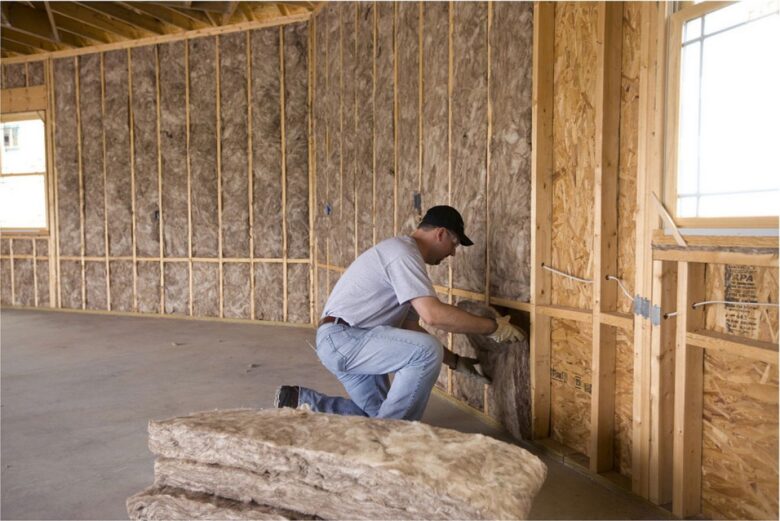
Insulation is key to energy-efficiency and even if your home was insulated adequately, in terms of specified minimum requirements, when it was built a while back, the insulation levels may not be adequate now. Similarly, the specifications for new houses have become more stringent over time. Even if you are not planning to remodel your home, you may want to consider improving the insulation. While it is relatively easy to check the insulation in attics and basements, as well as around water heaters, furnace ducts, and hot water pipes, it is a lot more difficult to check the insulation levels of walls. While walls build with bricks and mortar do not contain insulation, the wall cavities of timber frame walls should be filled with some type of reliable insulation material. A home energy auditor will do the check using a thermographic inspection device, for instance, a thermal imaging camera
The U.S. Department of Energy (DOE) has comprehensive information about how insulation works and what the R-values that indicate thermal resistance are required to be in different parts of the country. There are various different types of insulation material available, some of which can be installed by homeowners themselves while other types require a professional installer that is certified. The most usual DIY insulation is available in blanket form as pre-cut batts or in rolls, most commonly made from fiberglass.
-
Air leaks
Air leaks that create drafts. These can occur where the ceiling meets walls, at the edge of the floor where it meets the walls, around doors and windows and wherever there are fixtures and fittings that have been installed between the inside and outside of the house. There may also be cracks and holes in foundations or sidings. All need to be caulked, plugged or sealed in some other way.
-
Ventilation
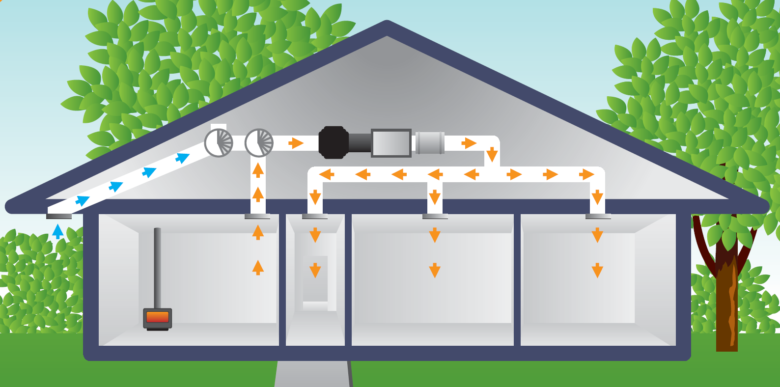
Ventilation, which is essential for a comfortable, healthy indoor environment. Properly insulated homes with no air leaks require whole-house ventilation to ensure that there is always controlled ventilation throughout the home and to prevent pollutants from compromising air quality. While natural or passive ventilation systems are generally more energy-efficient than active systems, they must be properly designed so that the internal air temperature is regulated and the air is fresh, with stale air being constantly discharged. If fuel is burned for heating, this can be a challenge in terms of ventilation and it is wise to consult with a professional to ensure that the air inside the home remains fresh and healthy.
-
Heating and cooling
Heating and cooling equipment used for space heating and cooling and water heating can be responsible for as much as half the energy that is used in your home. But, by opting for heating and cooling systems that are energy-efficient you can avoid these exorbitantly high energy expenses, save money on utility bills, and ensure that the interior of your home is always comfortable. The DOE has energy-efficiency standards for heating and cooling equipment, as well as appliances (see below), so before you invest in new equipment, check to see if it meets the standards. Also, look for the ENERGY STAR certification. Equipment should be inspected annually by a professional, and if it has filters, these should be replaced regularly.
-
Lighting
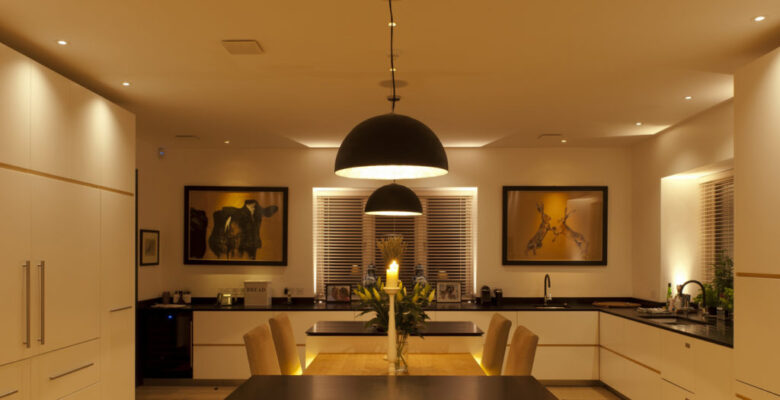
Lighting only accounts for about 10% of your energy bill, but you can slash the costs by switching to light-emitting diodes (LEDs) or, better still, compact fluorescent lamps (CFLs). Additionally, sensors, timers, and dimmers can help to reduce lighting use. Just be aware that not all light bulbs will work with dimmers. In general, CFLs don’t lose efficiency when they are dimmed, but be sure they are designed to work with dimmer switches. Similarly, LED bulbs must be designed for dimming.
-
Appliances and electronics
Appliances and electronics can impact energy-efficiency and energy costs in your home. Irrespective of the type you have, unplugging them can prevent so-called phantom loads, though, of course, you can’t do this with refrigerators and deep freeze units. Changing the settings can also make a difference. But the best approach is to buy products that are energy-efficient, including those with ENERGY STAR certification.
Renewable Energy Systems
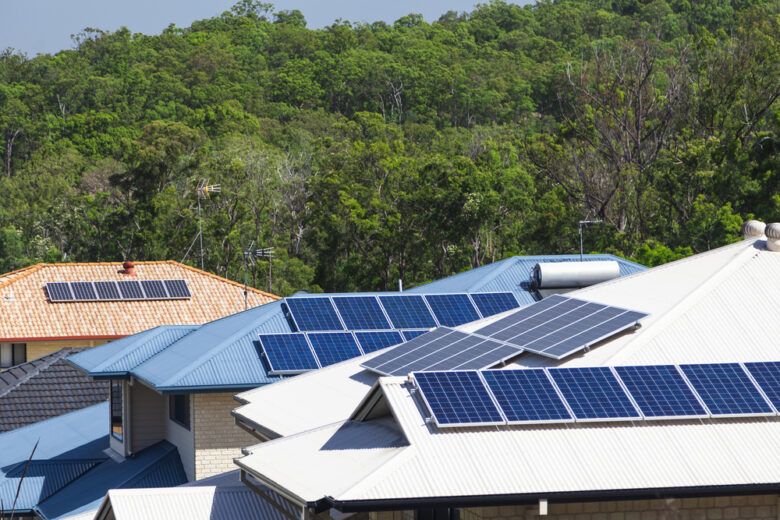
The most common forms of renewable energy harnessed for our homes are solar energy that is captured from sunlight and converted into electricity, space heat, or hot water, or wind which is captured by wind turbines and converted into electricity. Small hybrid solar and wind, and micro hydropower systems are also used.
While installing renewable energy systems can be expensive, running them saves money and, of course, generating energy this way doesn’t produce greenhouse gas emissions like fossil fuels do, and it can reduce air pollution.
Planning renewable energy systems for homes can be daunting. It involves examining local codes and regulations and unraveling the technological options of whether to operate the system on or off the electric grid. Each state has its own legislation and this can affect the type of system you are allowed to install. It may also affect who is permitted to install it.
Apart from that, it will be necessary to calculate just how much electricity you need at home. Energy needs do fluctuate during the year and even during each day. This will have a direct bearing on costs. While you can take measures to reduce electricity use, do remember to take comfort factors into account. A qualified professional with the relevant experience will be able to help you make the right decisions for you and your family.

